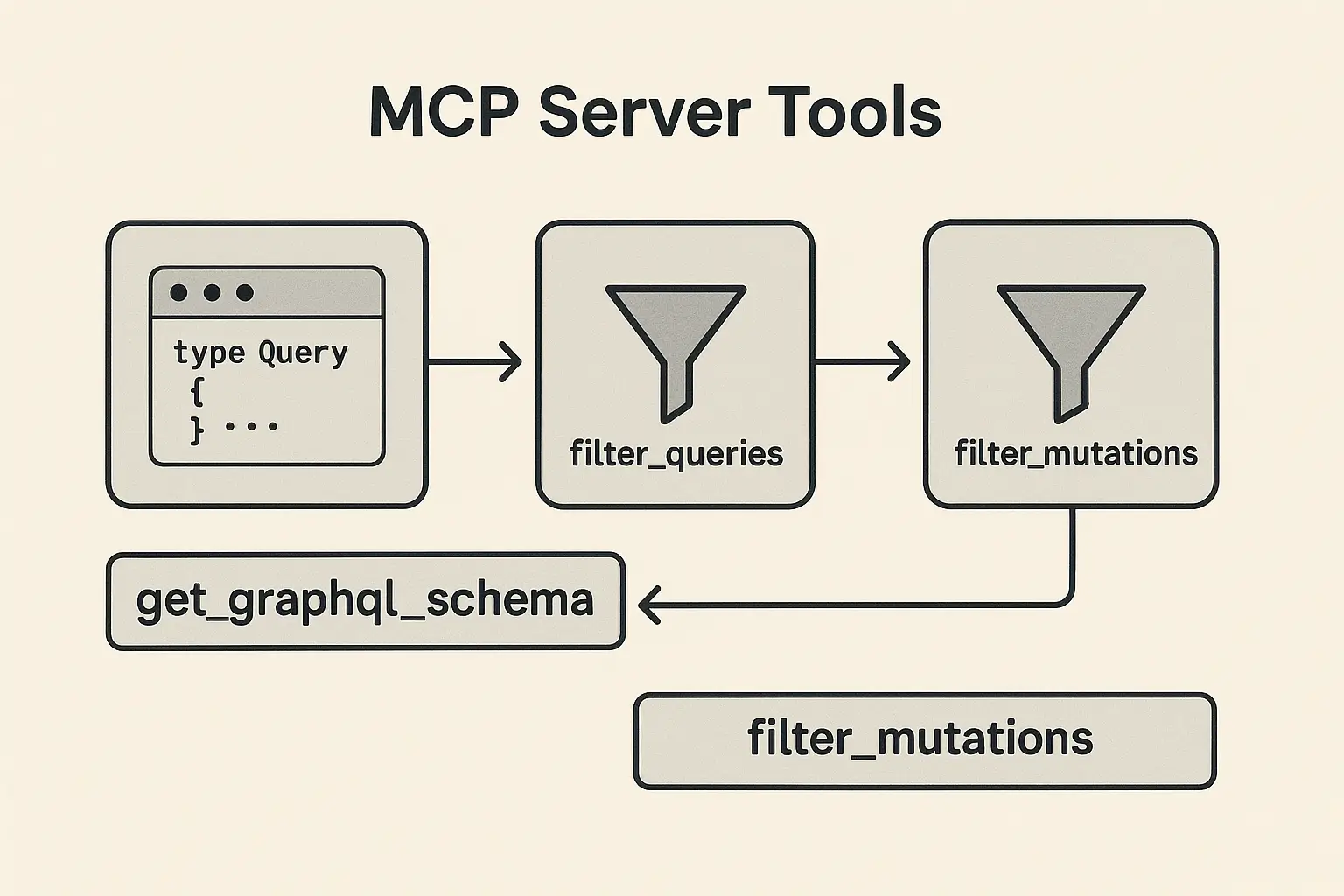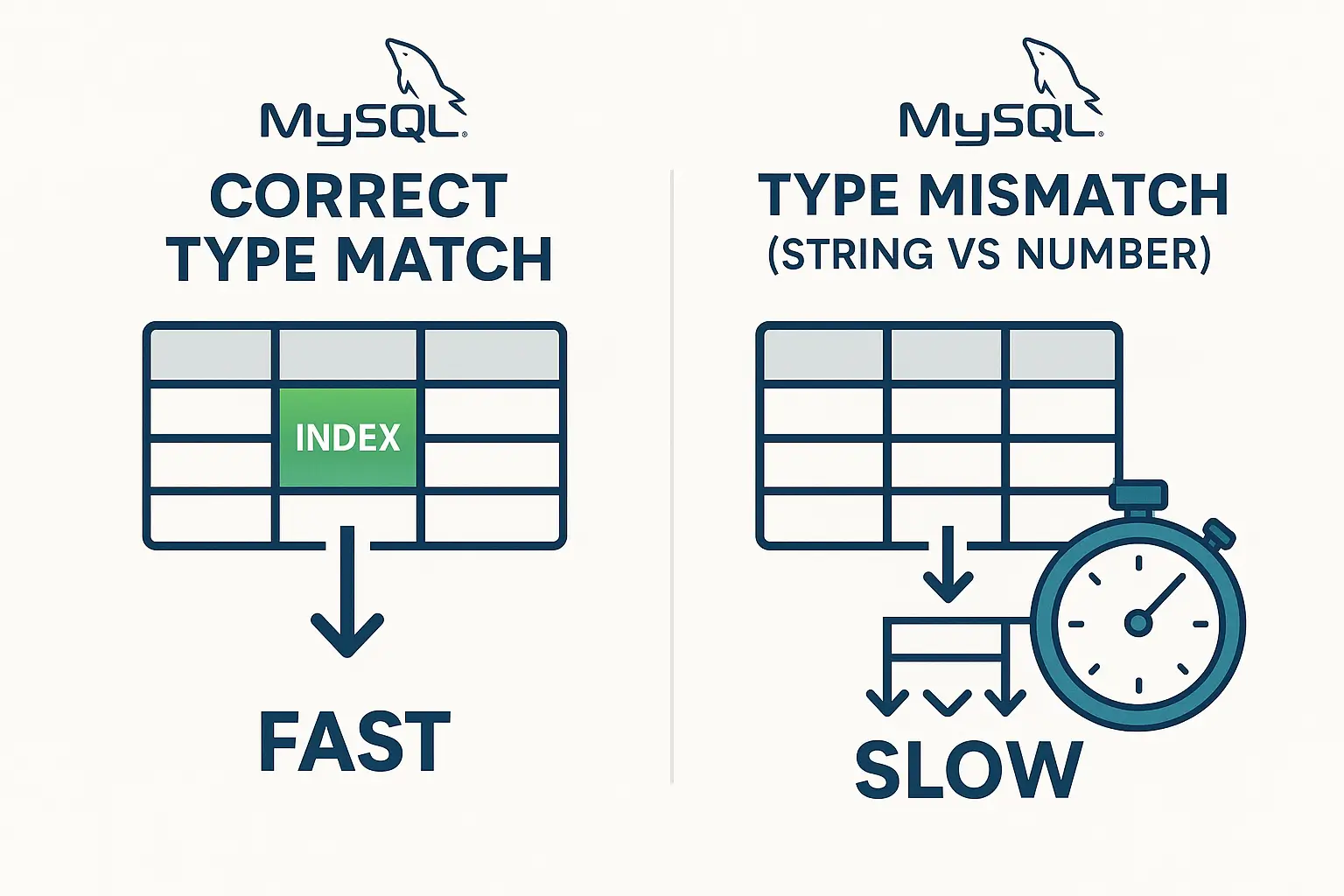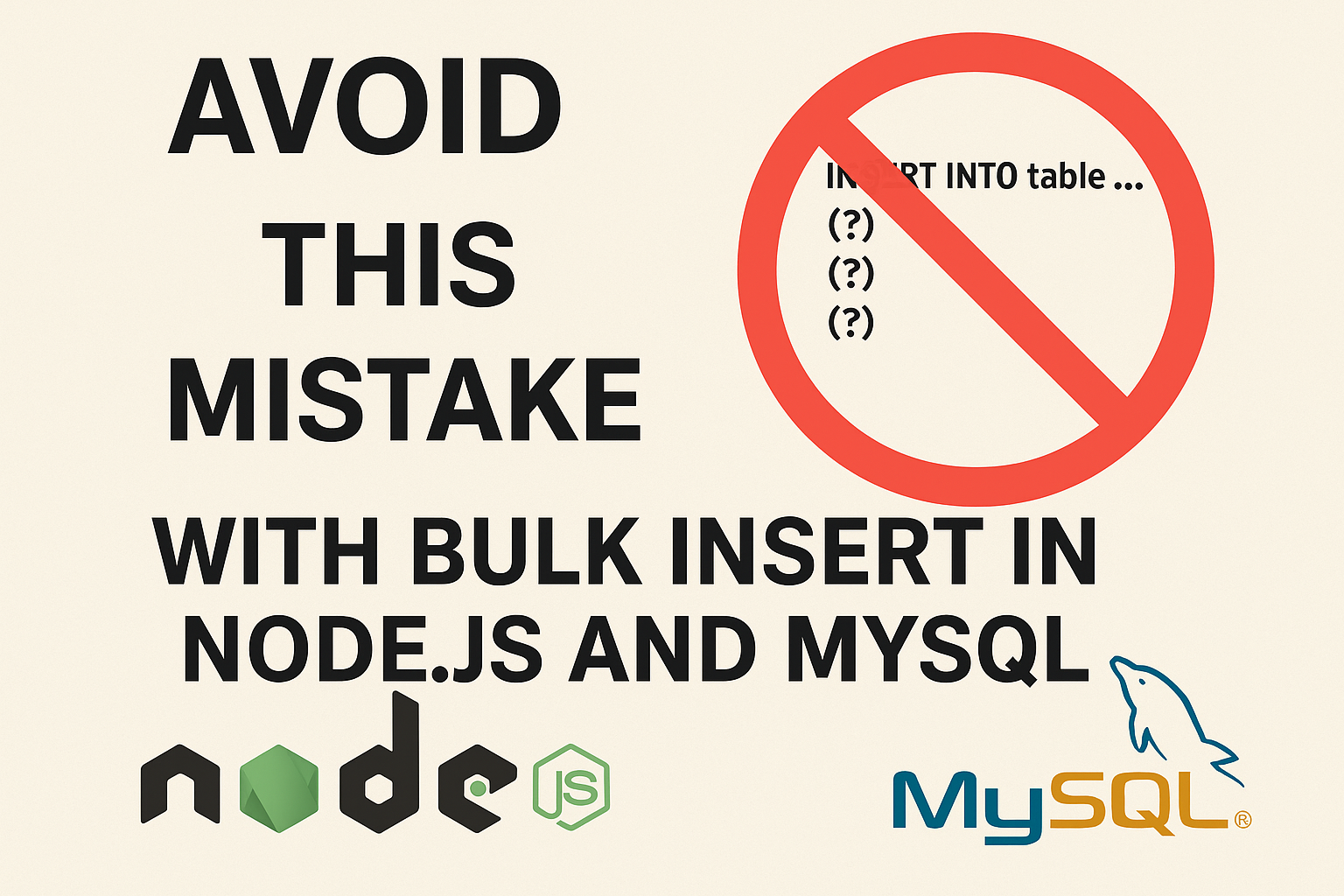Understanding PostgreSQL WAL and How It Can Save Your Data
PostgreSQL’s Write-Ahead Logging (WAL) system is a fundamental component that ensures database durability, data integrity, and the ability to recover from crashes. If you’ve ever wondered how PostgreSQL can help restore lost data or roll back unwanted changes, WAL plays a pivotal role in this process.
In this post, we’ll explore how WAL works, and I’ll walk you through a real-world example where WAL helped recover data after a major mistake.
What Is Write-Ahead Logging (WAL)?

Write-Ahead Logging (WAL) is a mechanism used by PostgreSQL to record changes to the database before they are written to the actual data files. WAL ensures that no committed transaction is lost even in the event of a crash. This works by writing all database changes to a special log (the WAL) before they are committed to the actual data files.
How WAL Works in PostgreSQL:
- Changes Are Logged First: Whenever you make changes to your database (insert, update, delete), PostgreSQL writes these changes to the WAL before updating the actual data files.
- Sequential Writes: WAL files are written in a sequential log, making it faster and more efficient compared to directly writing to random data blocks on disk.
- Crash Recovery: In case of a database crash, PostgreSQL replays the WAL logs to ensure that all committed transactions are reflected in the database upon restart.
- Durability: WAL ensures durability of transactions (the “D” in ACID). Once a transaction’s changes are recorded in WAL, the system guarantees they will not be lost, even if the system crashes right after the WAL is written.
How WAL Enables Point-in-Time Recovery (PITR)
Point-in-Time Recovery (PITR) is one of the most powerful features enabled by WAL. It allows you to restore your database to any point in time by applying changes recorded in WAL logs after a full backup is restored.
- Base Backup + WAL = Full Restoration: PostgreSQL requires a combination of a base backup (a snapshot of the database at a specific time) and the WAL logs to replay the changes from that backup point forward.
Real-World Scenario: Recovering Lost Data with WAL
Let’s dive into a real-world example where WAL can help save the day.
Scenario:
- Daily Backups at 00:00: You have a full database backup taken every day at midnight (00:00).
- High Transaction Volume: Your system processes about 1000 changes per hour, including inserts, updates, and deletes.
- Disaster at 03:00: At 03:00, a developer accidentally deletes a large table, causing three hours of data (from 00:00 to 03:00) to be lost.
The immediate question is: Can WAL help recover the lost data and restore the database to its state before the table was deleted?
Step 1: Understanding What WAL Can Do
Yes, WAL can help! Since WAL logs every change (including the table deletion), you can use WAL files to recover your database to a point in time just before the deletion occurred.
Step 2: How to Recover the Database
- Restore the Base Backup: Start by restoring the full backup that was taken at 00:00. This will bring the database back to the state it was in at that time.
- Replay the WAL Files: PostgreSQL can then use the WAL logs generated between 00:00 and 03:00 to replay every change made during those three hours.
- WAL logs will include inserts, updates, and deletes.
- You’ll set up Point-in-Time Recovery (PITR) to restore the database to a point just before the table deletion occurred at 03:00.
- Configuring Point-in-Time Recovery (PITR):
- Set a recovery target time to just before the table deletion (e.g., 02:59:59).
- This will ensure that PostgreSQL replays all valid changes, but stops before the unwanted table deletion. Example configuration in
recovery.conf:
restore_command = 'cp /path_to_wal_archive/%f %p'
recovery_target_time = '2024-09-12 02:59:59' # Just before the deletion- Start the Database in Recovery Mode: Once the base backup is restored, and WAL logs are ready, start PostgreSQL in recovery mode. PostgreSQL will automatically replay the WAL logs up until the specified point in time.
- End of Recovery: Once the recovery is complete, PostgreSQL will rename the
recovery.conffile torecovery.done, and the database will return to normal operation.
Step 3: Conclusion
In this scenario, WAL saved the day! Despite the table deletion at 03:00, the combination of your 00:00 base backup and WAL logs allowed you to restore your database to 02:59, recovering all the data from the last three hours without including the accidental table deletion.
When WAL Can’t Help

- WAL Archiving Must Be Enabled: WAL archiving is not enabled by default. To take advantage of WAL-based recovery, you need to enable WAL archiving in the
postgresql.conffile. - WAL Files Availability: If WAL files are deleted or overwritten before they can be archived, you will lose the ability to use them for recovery. Make sure your system is set up to retain or archive the required WAL files.
Conclusion: The Power of WAL in PostgreSQL
Write-Ahead Logging (WAL) is a powerful feature of PostgreSQL that ensures data durability and recovery. By maintaining a regular base backup and archiving your WAL files, you can protect your data from unexpected errors, like accidental table deletions. As shown in this real-world scenario, WAL, combined with Point-in-Time Recovery (PITR), can help you restore your database to a safe state and minimize data loss.





